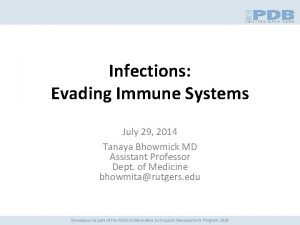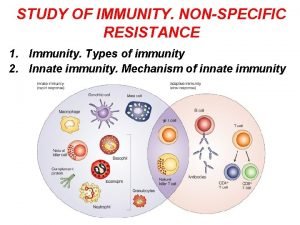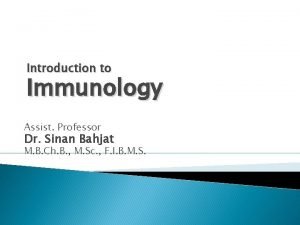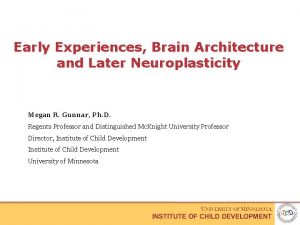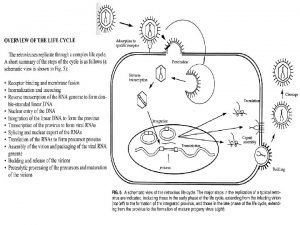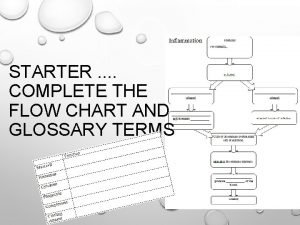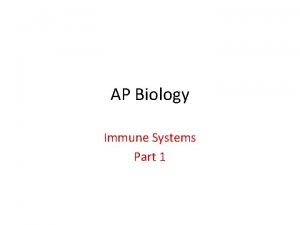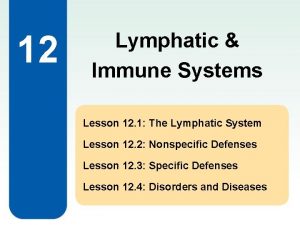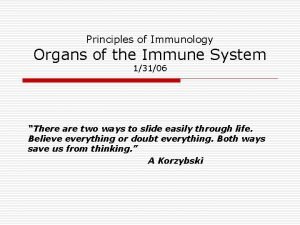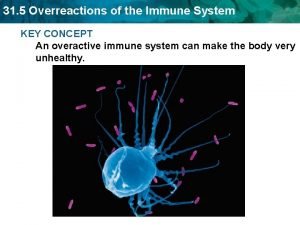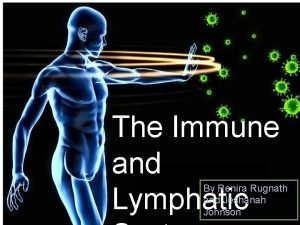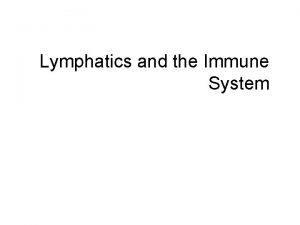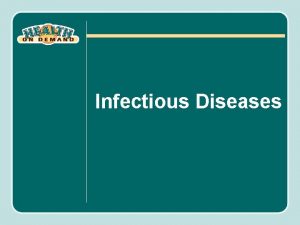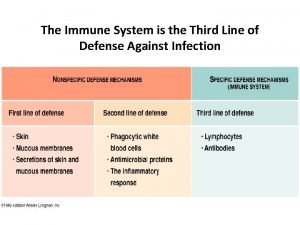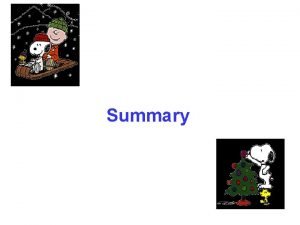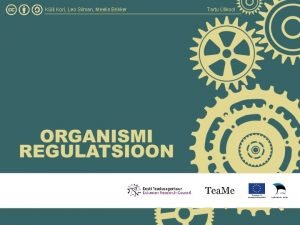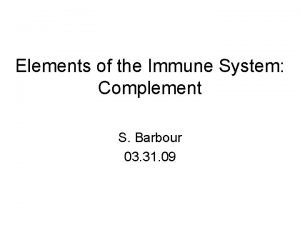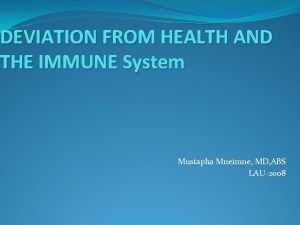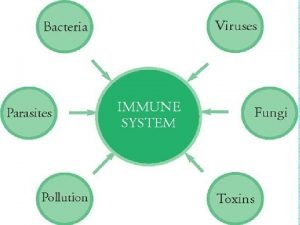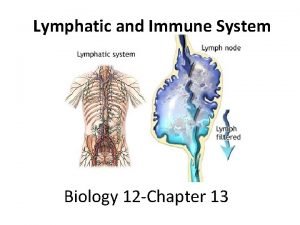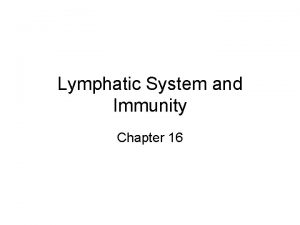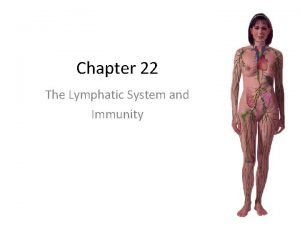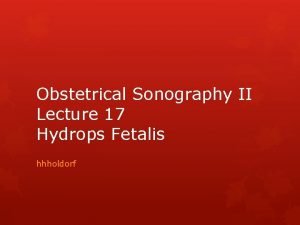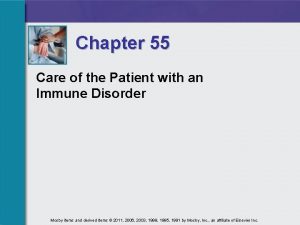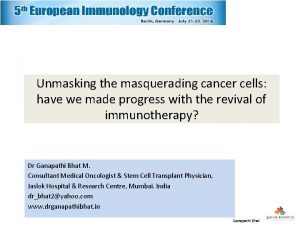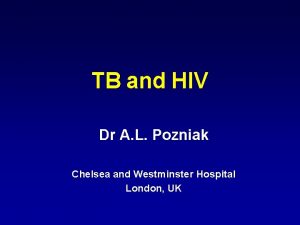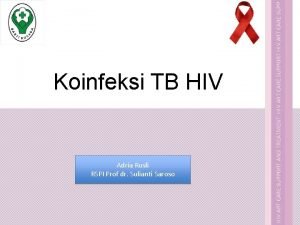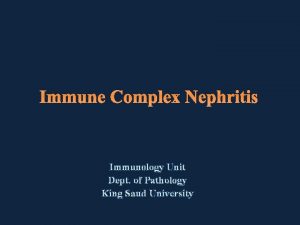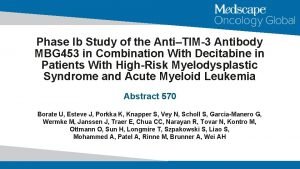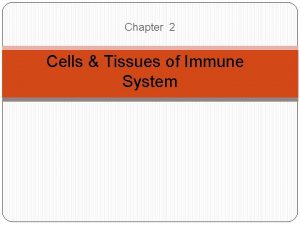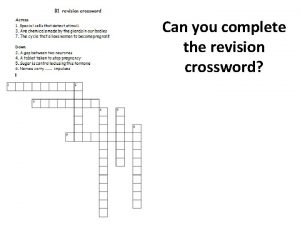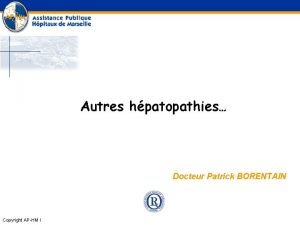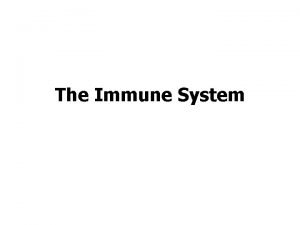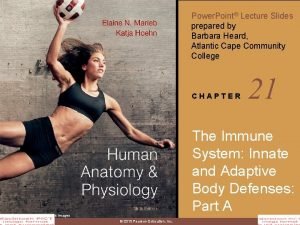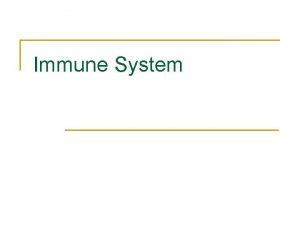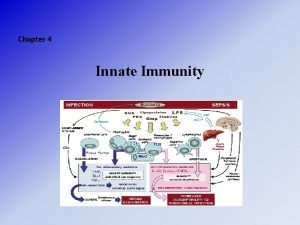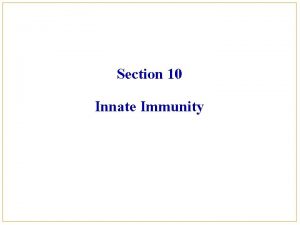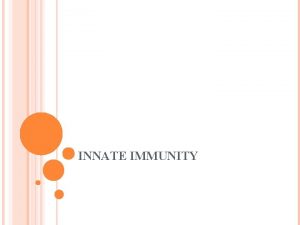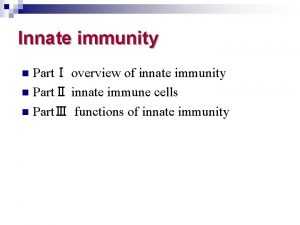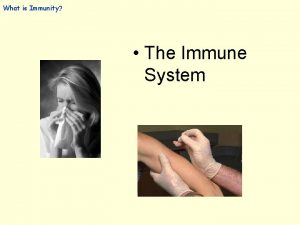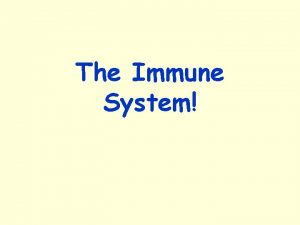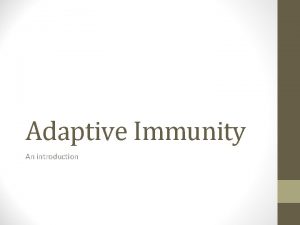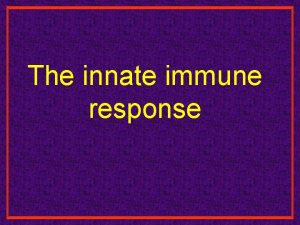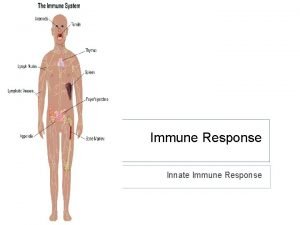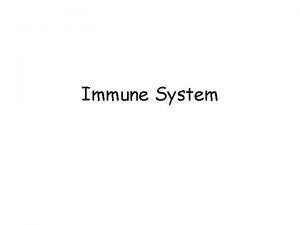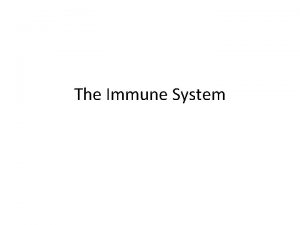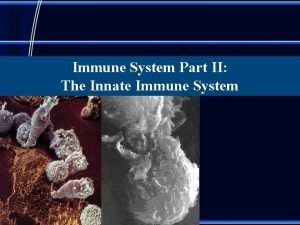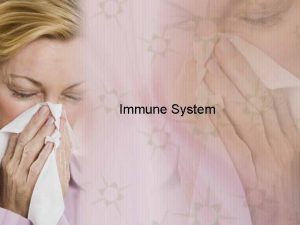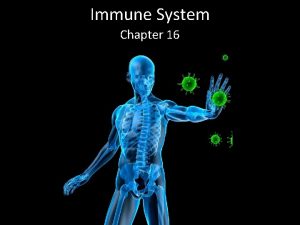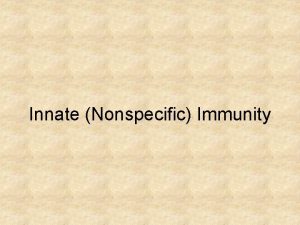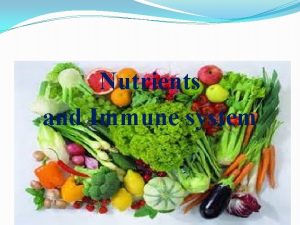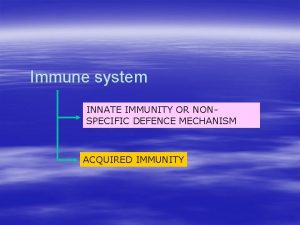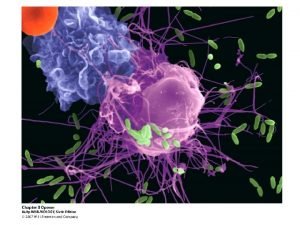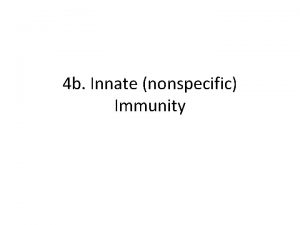PRINCIPLES OF INNATE IMMUNITY THE INNATE IMMUNE SYSTEM



















































- Slides: 51

PRINCIPLES OF INNATE IMMUNITY

THE INNATE IMMUNE SYSTEM * First line of defense against pathogens * Components * * * * Complement system Macrophages and neutrophils Defensins Coagulation system Cytokines and inflammatory cytokines Inflammatory response Natural killer cells

THE COMPLEMENT SYSTEM * A set of proteins widely distributed throughout body fluids and tissues * Proteins act in a cascade of reactions to attack extracellular forms of pathogens * Complement activation results in * Inflammatory response * Pathogens coated with complement * Complement coating of pathogens * Enhanced engulfment and destruction by phagocytes * Direct killing of pathogens

PATHWAYS OF COMPLEMENT ACTIVATION * Classic pathway * Activated by antibody * First discovered * Alternative pathway * Activated by some bacterial cell surfaces * Antibody not involved * Lectin pathway * Activated by mannose binding lectin * Antibody not involved


THE COMPLEMENT SYSTEM * Nomenclature has developed haphazardly * Proteins of classic pathway named with capital “C” followed by a numeral (C 1, C 2, C 3…. . C 9) * Cleavage fragments named as parent followed by lower case letter * “a” for smaller fragment (C 3 a) * “b” for larger fragment (C 3 b) * Some classic components participate in other 2 pathways



IMMUNOGLOBULINS IN ACTION *Complement fixation

CLASSIC PATHWAY OF COMPLEMENT ACTIVATION * C 1 binds to Fc region of antibody part of Ab/Ag complex * C 1 is complex of 3 proteins * C 1 q is binding protein * C 1 r and C 1 s are proteases * C 1 q binds to Fc region of antibody which activates C 1 r which activates C 1 s * Most efficient at activating complement * Ig. M, Ig. G 1 and Ig. G 3



CLASSIC PATHWAY OF COMPLEMENT ACTIVATION * Activated C 1 s cleaves C 4 to * C 4 a and C 4 b * Activated C 1 s cleaves C 2 to * C 2 a and C 2 b * C 4 b and C 2 b form complex covalently bonded to pathogen surface * C 4 b/C 2 b complex (C 3 convertase) cleaves C 3 to * C 3 a and C 3 b


ANTIBODY AND COMPLEMENT ENHANCE PHAGOCYTOSIS * Enhanced phagocytosis especially important * Streptococcus pneumoniae * Haemophilus influenzae * Cryptococcus neoformans * Macrophages and neutrophils have receptors for * Antibody * Fc-gamma for Fc region * Complement receptor 1 (CR 1) for C 3 b




COMPLEMENT RECEPTORS REMOVE IMMUNE COMPLEXES * Immune complexes * Soluble antibody/antigen complexes * Form after immune response to most infections * IC must be removed to prevent precipitation and deposition on endothelial membranes * Kidneys * Removal of IC * Complement binds to IC * Erythrocytes bind to complement by CR 1


DIRECT KILLING OF PATHOGENS BY COMPLEMENT SYSTEM * Terminal complement proteins form “membrane attack complex” * Mechanism of attack by classic pathway * C 3 b binds to C 3 convertase (C 4 b, 2 b) / (C 4 b, 2 a) results in * C 5 convertase (C 4 b, 2 b, 3 b) / (C 4 b, 2 a, 3 b) * C 5 binds C 3 b of C 5 convertase * C 5 cleaved to * C 5 a and C 5 b * C 5 b initiates assembly of attack membrane components * C 6 – C 9 * Deficiency increases susceptibility to Neisseria meningitidis and Neisseria gonorrhoeae




RECOGNITION OF PATHOGENS FOR PHAGOCYTOSIS * Mechanism of recognition * Toll-like receptors (innate immune receptors) * Toll-like receptors * Named for ‘Toll’ receptor in fruitfly * Polypeptides with horseshoe-shaped structure * Recognition by macrophages initiates activation * Phagocytosis * Secretion of cytokines





ACTIVATION OF MACROPHAGES * Activated macrophages secret * Cytokines * Chemokines (chemoattractant cytokines) * Inflammatory mediators * Cytokines and chemokines * Interleukin-1 (IL-1), IL-6, IL-8, IL-12 and TNF-alpha * Inflammatory mediators * Prostaglandins, leukotrienes, plasminogen activator, plateletactivating factor (PAF)

Figure 8 -15

MIGRATION OF NEUTROPHILS INTO TISSUE (EXTRAVASATION) * Rolling adhesion * Slowing down leukocytes (margination) * Weibel-Palade bodies in vascular endothelial cells secreting P and E selectins * Tight binding * Interaction between LFA-1 and ICAM-1 * Diapedesis * Passage between vascular endothelial cells * Migration to infection site

Figure 8 -19

Chemokines (Chemoattractant Cytokines) * Family of small soluble molecules that stimulate activation and migration of cells * Group classification * CC * Two adjacent cysteine amino acids * Chromosome 4 * CXC * Two separated cysteine amino acids * Chromosome 17

Figure 8 -16 part 1 of 3

Figure 8 -16 part 2 of 3

Figure 8 -16 part 3 of 3

BIOLOGICAL ACTIVITY OF IL-1, IL 6 AND TNF-ALPHA * Induce hepatocytes to produce acute-phase proteins * C-reactive protein (CRP) * Mannose binding lectin (MBL) * Induce bone marrow to release neutrophils * Induce hypothalamus to raise temperature * Induce fat and muscle cells to generate heat



DEFENSINS * Family of amphipathic antimicrobial peptides * 35 to 40 amino acids * Mechanism of action * Disruption of cell membranes * Classification * Alpha * Neutrophils and Paneth cells * Beta * Epithelial cells of skin, respiratory tract and UG tract



THE INNATE RESPONSE TO VIRAL PATHOGENS * Virus infected healthy cells produce * Interferon-alpha (IFN-alpha) * Interferon-beta (IFN-beta) * IFN-alpha and IFN-beta are type 1 interferons * Type 1 interferons * Inhibit virus replication * Activate natural killer (NK) cells * Increases expression of MHC-1 molecules


Figure 8 -25

NATURAL KILLER (NK) CELLS * Large granular lymphocytes that circulate in blood * Functions * Killing infected cells (cytotoxic) * Secretion of cytokines * Activation by * Type 1 interferons * Infected cells * Stimulates cytotoxic function * IL-12 and TNF-alpha * Macrophages * Stimulates cytokine secretion


NATURAL KILLER (NK) CELLS * Activated NK cells release IFN-gamma which activates * Macrophages * Release IL-12 * Positive feedback system for NK and macrophages * Differentiate infected from uninfected cells * NK cells express receptors for MHC class I molecules * Binding of NK cells to MHC class I molecules turn off NK cells * NK cells provide innate immunity to intracellular pathogens


 Difference between acquired immunity and innate immunity
Difference between acquired immunity and innate immunity Tonsil
Tonsil A subsequent
A subsequent Assis prof
Assis prof Innate immunity examples
Innate immunity examples Neutrophil extracellular traps
Neutrophil extracellular traps Innate immunity first line of defense
Innate immunity first line of defense Innate immunity
Innate immunity 1st line of defense immune system
1st line of defense immune system Innate immunity first line of defense
Innate immunity first line of defense Innate immunity first line of defense
Innate immunity first line of defense Phagocytr
Phagocytr Innate immunity
Innate immunity What is the third line of defense in the immune system
What is the third line of defense in the immune system Immune system flow chart
Immune system flow chart Third line of defense immune system
Third line of defense immune system Chapter 35 immune system and disease
Chapter 35 immune system and disease 1st 2nd and 3rd line of defense immune system
1st 2nd and 3rd line of defense immune system Ap bio immune system
Ap bio immune system Lesson 12 blood and immune system
Lesson 12 blood and immune system Lesson 12 blood and immune system
Lesson 12 blood and immune system Oobean
Oobean Immunity definition
Immunity definition Overreactions of the immune system
Overreactions of the immune system Lymphatic vs immune system
Lymphatic vs immune system Phagocitize
Phagocitize Defination of infection
Defination of infection The first line of defense
The first line of defense What is the main function of the immune system
What is the main function of the immune system Thymus immune system
Thymus immune system Immune complex
Immune complex Immune system structure
Immune system structure 1what's the purpose of the body's immune system?
1what's the purpose of the body's immune system? Chapter 13 lymphatic system and immunity
Chapter 13 lymphatic system and immunity Chapter 16 lymphatic system and immunity
Chapter 16 lymphatic system and immunity Chapter 22 lymphatic system and immunity
Chapter 22 lymphatic system and immunity Spalding sign
Spalding sign Active artificial immunity
Active artificial immunity Chapter 55 care of the patient with an immune disorder
Chapter 55 care of the patient with an immune disorder Chapter 24 the immune and lymphatic systems and cancer
Chapter 24 the immune and lymphatic systems and cancer Immune checkpoint inhibitors mechanism of action
Immune checkpoint inhibitors mechanism of action Immune reconstitution inflammatory syndrome
Immune reconstitution inflammatory syndrome Immune reconstitution inflammatory syndrome
Immune reconstitution inflammatory syndrome Immune complex glomerulonephritis
Immune complex glomerulonephritis Nct03946670
Nct03946670 Primary immune response
Primary immune response Immune effector cells
Immune effector cells Immune response controller crossword
Immune response controller crossword Dr patrick kormann
Dr patrick kormann Immune defintion
Immune defintion Adaptive immunity
Adaptive immunity Primary and secondary immune response
Primary and secondary immune response




